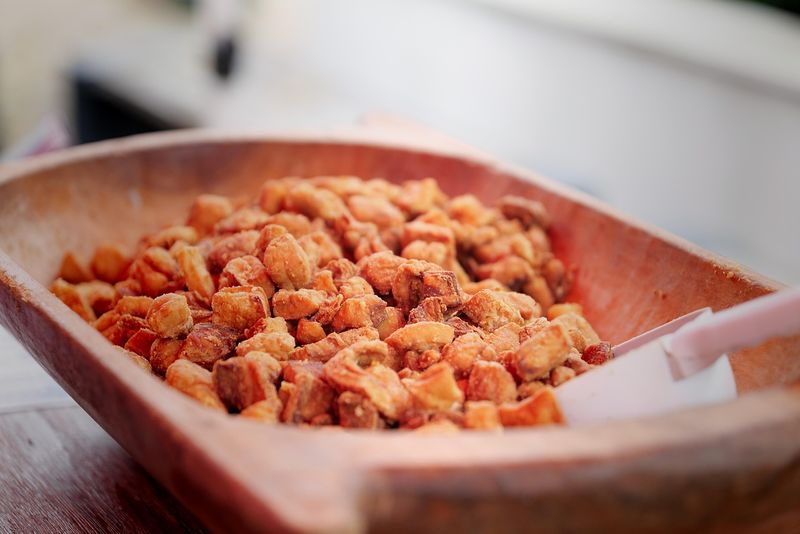
Crackling Crisis: Why Pork Scratchings Now Cost More Than Sausages in Croatia
Once considered a humble snack, pork cracklings (čvarci) have now become a luxury in Croatia, with prices hitting record highs and farmers on the brink of collapse.
For generations, čvarci—crispy pork cracklings—were a simple byproduct of pig farming. They were so common that people used them to feed dogs. But in 2025, this rustic treat has turned into a delicacy more expensive than sausages, shocking both farmers and consumers.
What’s happening?
African swine fever (ASF) has devastated pig farms across eastern Croatia. Restrictions, lack of support measures, and rising costs have left small farmers unable to sell their pigs. Meanwhile, demand for čvarci has exploded, creating what locals call a “crackling revolution.”
In Zagreb, čvarci now cost up to 28 euros per kilo—more than kulen, the prized Slavonian sausage, did just a couple of years ago.
Prices in Slavonia are slightly lower, around 17–18 euros per kilo, but are expected to rise by 50% by spring.
Even pork fat, once cheap and abundant, now costs around 3 euros per kilo, double its usual price.
Farmers in crisis
“Never in history have cracklings been more expensive than sausages,” says Antun Golubović, head of Croatia’s Pig Farmers’ Committee. He warns that family farms are collapsing, barns are overcrowded, and unsold pigs are growing heavier—and hungrier—by the day.
The lack of slaughter facilities and strict ASF restrictions mean small farmers can’t legally sell their meat, not even to neighbors. Some warn of desperation in pigsties, with reports of cannibalism among pigs due to poor conditions.
Bigger picture
Croatia produces only 30–35% of its pork needs from local farms, with imports filling the gap.
EU markets are flooded with cheap “BMV pork” (pale, watery meat), pushing prices down abroad while local specialties skyrocket.
Pancetta has already risen 30–40% in two years, and other traditional meats like ham, bacon, and sausages are expected to follow.
Not all bad news
Some producers, like the Samobor-based brand Dr. Pigley, rely on imported fat from Denmark and have managed to keep their čvarci prices stable. A 200 g pack still sells for around 3.50–4.50 euros, proving that supply chains make all the difference.
What’s next?
Experts warn that unless urgent measures are taken—such as building local slaughterhouses and improving ASF management—Croatian pig farming could collapse. For consumers, that means even higher prices for beloved traditional foods.
So the next time you enjoy a handful of čvarci, remember: they’re no longer just a crunchy snack. They’re a symbol of a farming sector fighting for survival.
